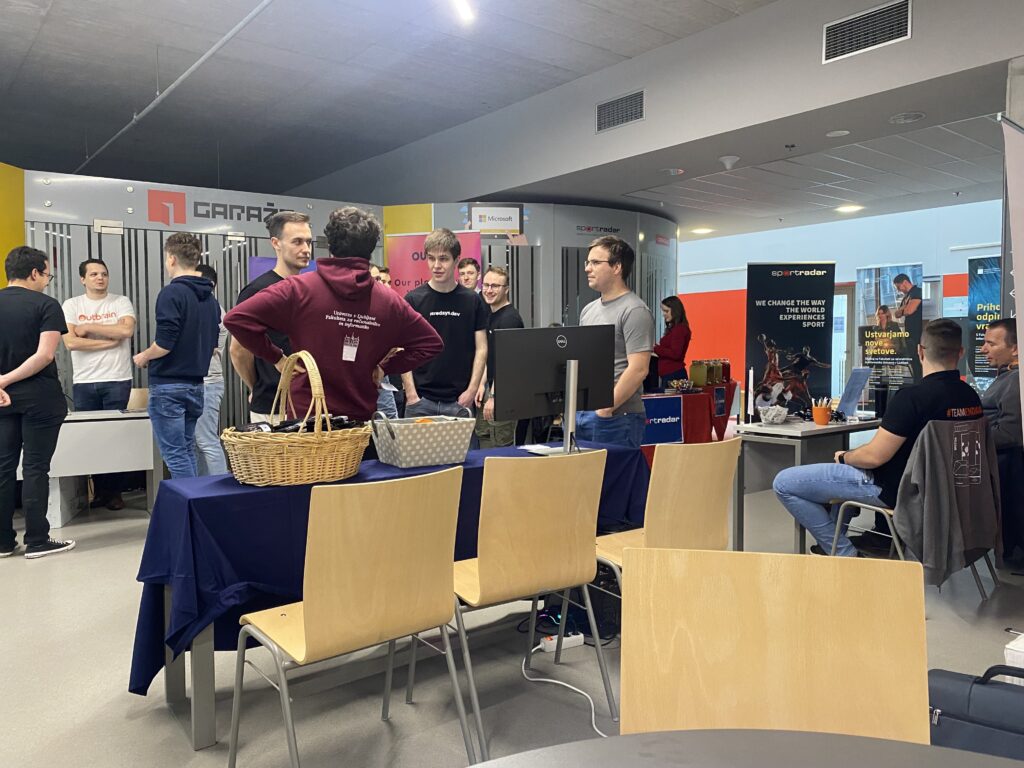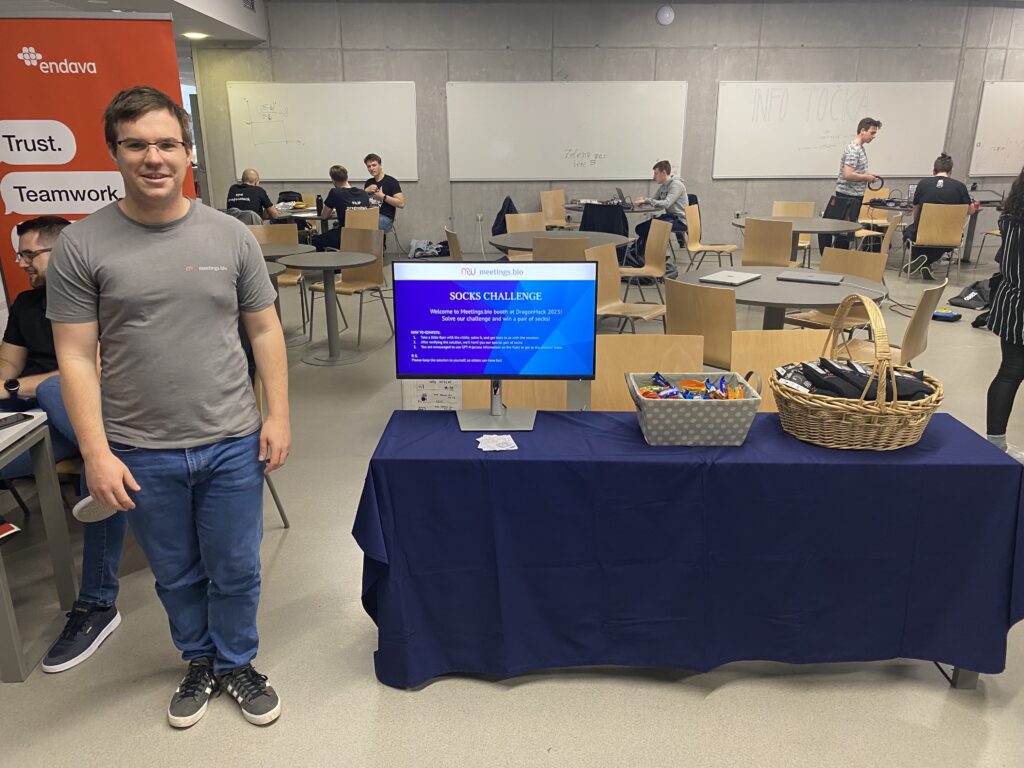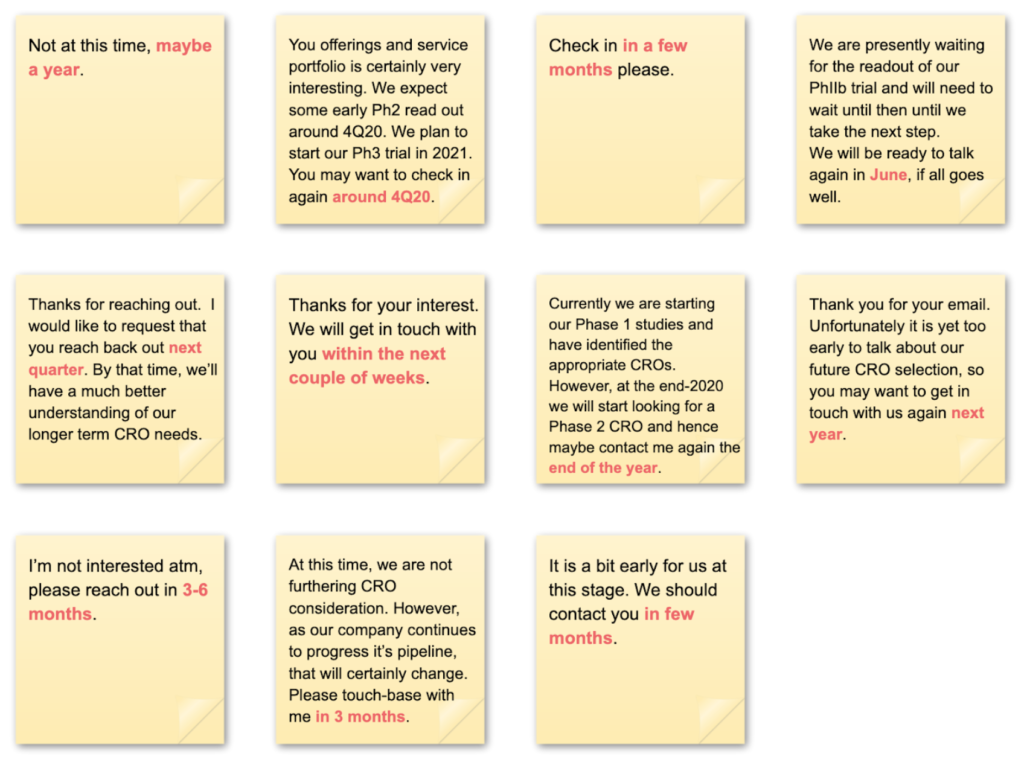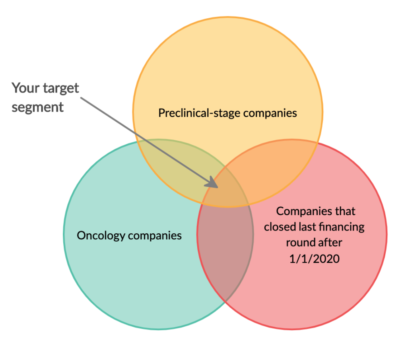Tech in a Start-up: How to Ensure a Disconnected Holiday Break
Working in a tech start-up can be exhausting. It’s very rewarding, but exhausting. With a plethora of day-to-day tasks, one can easily become too involved in the details. We are still very much discovering what our ideal product looks like and it’s very important to keep the ability to dream and define our grand-vision for the product. And to be honest, I’ve lost or at least inhibited this ability in recent months. A disconnected holiday break was very much needed to recharge the batteries and refill on elan.
At the moment, I’m the only person daily involved with tech at our company, which heavily relies on our platform to generate monthly revenue. We’re paid almost exclusively based on our performance, so we have to perform each month if we want salaries the following month. Hence, it’s critical our platform is operational.
In this article, I want to explore the methods that assured me a break, where I could disappear for 2 weeks, (almost entirely) disconnect and trust I would still have a company to return to.
Prevention
When it comes to the production software stability, I’m very much a fan of saying: “defence is the best offence”. I strongly believe clean intelligent design and testing can prevent most disasters. Not everything, as there will always be cases that were not predicted, especially as the software scales from processing thousands to millions of rows of data per hour. Over-testing and over-stressing can also significantly harm the innovation rate, so I have to be mindful not to overdo it as the law of diminishing returns definitely applies here.
Good engineering practices: strong type system and automatic testing
I’ve already written an article about how we chose our tech stack and why, so I don’t intend to repeat myself at length here. As noted in my previous article, using a strong type system, linters, writing tests and automating build and deployment pipelines is one of the crucial components of production stability.
Try to break it
One of the things that interests me is also computer security. Learning how to break (hack) software is one of the skills which helps enormously when building fault-tolerant applications. I try to incorporate into my development process a habit of thinking about how I could break code if I needed to. This helps me to uncover edge cases and underlying assumptions and enables me to stress test them deliberately.
Automatic retries
I don’t fool myself into thinking errors will never happen. With web applications, there are a million things that can fail, some of which are entirely out of our control. A web connection might be dropped, a power outage might occur, etc. Therefore, I think it’s vital that we accept this uncertainty in advance and design for it.
Ability to restart and continue
Our application is very much stateful and it heavily relies on the state stored in the database. One thing we rely heavily on is asynchronous scheduled tasks. These tasks perform most of the logic: from sending emails to updating the database.
The scheduling and execution of tasks is quite reliable and predictable, but there can be downtimes. I make sure that tasks are designed with no hidden assumption about when it was last executed. When a task starts running, it checks the state in the database and continues where it last finished.
Example from our production: we schedule emails we’ll be sending a day in advance. Each scheduled email has a “wait_until” field with a datetime set for when we want to send an email. The sending task sends all emails that need to be sent and have “wait_until” smaller than the current time. Normally, this is scheduled and executed so that the actual sending time is around the actual “wait_until” value. If there is downtime, however, the task automatically catches up the next time it’s successfully run.
Have you tried turning it off and on again?
Even the most reliable software and infrastructure sometimes fail. For infrastructure failures, we have redundancy in our cluster so that the control plane can reshuffle containers onto a working node. We also make sure to always implement meaningful health and liveness checks for our containers in Kubernetes. This works exceptionally well and auto-magically eliminates a lot of problems, eliminating the need for manual intervention.
Error logging and notifications
This one is quite straightforward: it’s important to have easy visibility into what is happening in production. On the most basic level, this means at least error logging. We have two log monitoring systems in production: one using Sentry and the other based on Promtail, Loki, and Grafana. I became a huge fan of Sentry and would definitely recommend trying it out, if you haven’t already. It has excellent out-of-the-box integrations with most of our tech stack and requires almost no effort to set up an outstanding error logging system.
Set-up notifications
I have connected Sentry with Slack to get instant notifications about errors in production. I know this might sound counter to my mission to disconnect, but it’s actually a critical part. I still needed to ensure everything was working while I was away, and notifications meant I didn’t have to log in and manually check if everything was running okay. If something happened, I knew I would be notified.
The Result
We’ve had two minor downtimes during my holiday due to an issue with too many connections being left open to our database. In both cases, I was notified and managed to resolve the issue (with the help of Nejc) within 15 minutes, which is not bad, considering I was at the beach both times. Altogether, I’ve spent less than 45 minutes of my break actually working. The only thing I needed to ensure was to have a phone on me, in case something happened. I managed to completely disconnect on 12 out of 14 days of my absence.
Socks vs. SOCKS: Unraveling the DragonHack 2023 Enigma
Here’s a riddle for you:
“In the tongue of serpents, weave a path unseen using the messenger of ‘requests’. Seek the silent sentinel standing tall at the height of a thousand and eighty-one pairs of socks. In the realm of life’s gathering, where ‘dh2023’ and ‘meetings’ dance under ‘bio’, request the whisper hidden at ‘/secretmessage’. Speak your word, hear its echo, and reflect it to the world.”
Any ideas on how to approach solving it? Oh, and the name of this challenge is SOCKS Challenge. Rings a bell?
What we first thought would be an innocent little side challenge that our team at Meetings.bio would organize for participants of the DragonHack 2023 hackathon, turned out to be an hours-long time-waster for at least 8 people who solved our challenge successfully. Congrats to all of you!
We named it SOCKS Challenge because the winners would get a pair of Meetings.bio socks, but also because the only way to get to the solution was using a SOCKS proxy, an ancient internet protocol most contestants were too young to know about. And that for sure made the challenge quite interesting!
Meetings.bio was one of the main sponsors of the event, and as such we were able to propose our own challenge: Best use of LLMs. We built a dedicated OpenAI proxy API and granted each of 18 teams who applied their hack to our challenge, a $50 worth of OpenAI credits. It was truly impressive to watch what kind of solutions the teams built on top of OpenAI’s platform:
SPARK by Pregnant lady emoji (winner of our challenge)
Spark is a web app to protest online with the power of Twitter. Log in with your account and pick a topic you care about. Spark will generate a tweet with ChatGPT and tag relevant politicians. Then post it a couple of times to amplify your voice.
Congrats to to all Pregnant lady emoji team members: Janez Justin, Matevž Vidovič, Rihard Šmid and Aljaž Rakovec!
LEMONAID by LeMoNS
Our chatbot helps users pick the best spot for a trip based on real-time webcam data. It provides weather forecasts, webcam images and answers using VQA. It can provide data for a specific location or make recommendations fitting user requirements.
PRIŠEPNI MI by Bootstrap boys
Prišepni-mi is revolutionizing the podcast discovery process. Our platform transcribes podcasts and uses an LLM to create representative vector embeddings. With these embeddings, we produce a semantic search engine for podcasts.
PROMPTEMON by Elite
Promptemon is a prompt based card game. The characters and effects are created by passing prompts to the AI. The AI then outputs character and effect based on predefined requirements such as “element type”, health, damage, etc. This is a good representation of how such mechanism could be use for example in RPG’s where in a fantasy world the only limit is your imagination…
SMART GARDEN by Greengos
The Smart Garden application comprises a robust web and mobile platform, integrated with multiple APIs, offering a comprehensive gardening solution.. The web component provides a user-friendly interface for managing gardens, while the mobile app enables on-the-go access and in-depth garden insights. The APIs facilitate seamless integration with external systems, enabling data exchange and enhancing functionality. This comprehensive ecosystem empowers users to effortlessly monitor and optimize their gardens, fostering sustainable and efficient gardening practices.
CHATBUDDY by Chimichanga
ChatBuddy is a mobile application available on both Android and iOS platforms that offers a convenient solution for finding the perfect response to any message you receive.
The rest of the hacks are available here.
Both our CTO Matevž and I really enjoyed the event, and hacked along a bit (putting together the challenge was a real delicacy!). It is definitely the best way to meet new generations of builders of all kinds, who not only have great ideas but are actually willing to put in an insane amount of focus and effort to build them and go from 0 to 1 in the course of 24 hours.
Also, big thanks to the DragonHack organizers, who put together a really high-quality event. See you next year!








